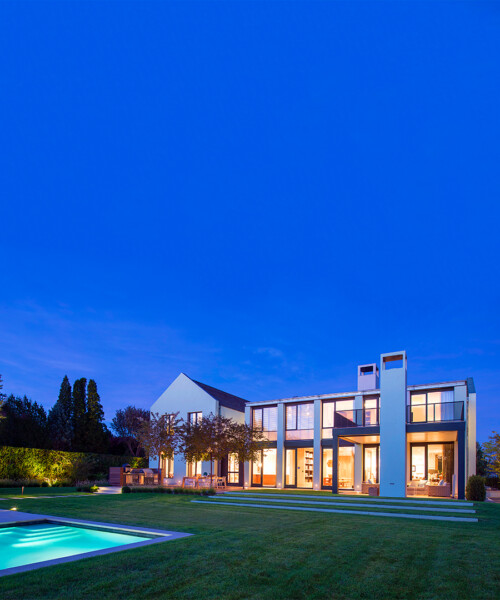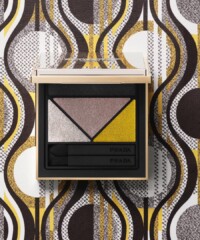For decades, if you saw a carpenter framing a house in the Hamptons, it was a safe bet that a rambling, shingled home would soon be taking shape, complete with transom windows, cross gables and a gambrel roofline. But the buyers of new homes are no longer in thrall to the long-dominant style, architects, designers and builders say. Traditional-style houses remain popular, of course—although even those are more likely to be finished with contemporary details, like large windows that allow for the same light-flooded interiors found in glass-walled structures. But today, it seems, more and more clients are requesting modern-looking homes, with pared-down ornamentation, that take advantage of the area’s natural charms.
“People want something fresh and exciting, something cutting edge, not just the traditional Hamptons house,” says Joseph Criscuolo, the chief operations officer of Paramount Builders. “Less is more.”
Indeed, and that aesthetic has spread far beyond the usual glass boxes: Rich Perello, of Perello Building Corporation, says that while his company still builds many modern farmhouses, clean lines prevail. Melissa Green, an interior designer and Sotheby’s International Realty broker who has developed green homes with her husband, agrees. “People really like [homes] where simplicity and practicality meet luxury and beauty.” One of her listings, an 1860s Sagaponack farmhouse that has been extensively (and tastefully) redone so that it now boasts loft-like interiors and high-tech features including geothermal heat, is a case in point.

151 Sagg Main Street in Sagaponack
Gone, Green continues, are the infatuations with “super-detailed staircases,” and “excessively over-the-top trim.” Also gone, she says, is the mania for all-white interiors. “Now every room is likely to be a different color, although it’s all in the same tone, perhaps a soft beige or a soft gray.” Mr. Criscuolo agrees, adding that floors have changed too—lighter, “beach-y” hues and natural finishes have supplanted the dark mochas and shiny finishes that were popular a few years back.
Green says, in short, that buyers have begun to prefer more hotel-like interiors, a trend that Blaze Makoid of Blaze Makoid Architecture has seen as well. “Something that our firm [realized] in the last few years is that what we’re doing has a lot of similarities to the hospitality business. It’s about relaxation.” In fact, his clients frequently bring up resorts they’ve visited when describing what they want.
The shift makes sense when one considers that Hamptons properties are frequently second homes. They’re used differently, and their design reflects that. In a primary residence, Makoid points out, one might maximize individual spaces like bedrooms or work areas; vacation homes are better designed for social interaction, with larger shared living spaces.
And, in the same vein, outdoor spaces in the Hamptons now rival their indoor counterparts. “They tend to be nearly the same size as the indoor public rooms,” Makoid says, and are just as varied, with kitchens, living and dining areas.
“The screened-in porch has evolved,” Perello says. “We’re re-doing a house now that has an outdoor living room with a retractable glass wall.”
But some of the biggest changes, perhaps, are the ones you can barely see. Electronic house controls, which allow people to interface with their homes from afar, have become hugely popular. “The technology has been around for years,” says Bruce Nagel, whose eponymous architectural firm takes pride in designing to suit homeowners’ taste. “But it’s only recently started becoming available to people who are not very rich.”
The democratization of these features is particularly fortuitously timed because even the wealthy aren’t spending money as freely as they once did, several developers and architects say. Not only are they more conscious of maintenance costs than they once were, they’re also keen to make sure that their home is broadly appealing to renters, lest they decide to summer in Saint-Tropez one year. When they do, of course, taking their cues from the modern look and feel favored by high-end resorts will serve them very, very well.









































